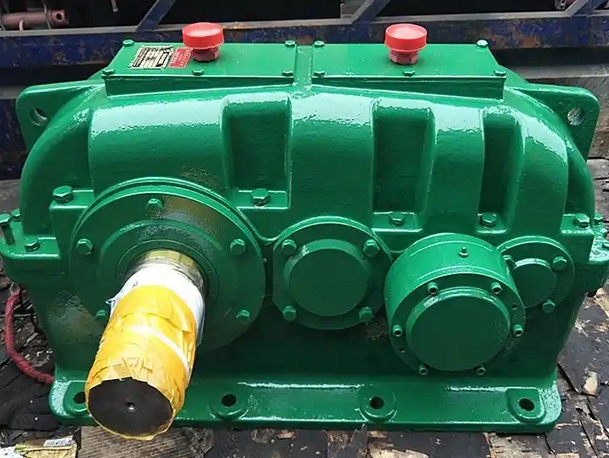How to determine if the vibration of the ZJY212-16-22KW axle-mounted reducer is abnormal
To determine whether the vibration of the ZJY212-16-22KW shaft mounted reducer is abnormal, the following aspects can be taken into account:Reference vibration standard: According to the Chinese national standard GB10068-2008 "Measurement and Evaluation of Mechanical Vibration Velocity and Acceleration", the standard value of the vibration velocity of the reducer is 0.45mm/s, and the standard value of the vibration acceleration is 2.8m/s. You can also refer to the ISO 2372 and ISO10186 standards of the International Organization for Standardization (ISO), or check the operation manual provided by the equipment manufacturer, which will have more specific enterprise standards.

Observing vibration phenomenon: During daily operation, pay attention to observing the amplitude, frequency, and timing of the vibration of the gearbox. If the vibration amplitude is significantly large, there is obvious shaking visible to the naked eye, or the vibration frequency is irregular, sometimes large and sometimes small, and abnormal vibration occurs under specific working conditions (such as starting, loading, and unloading), it may be a manifestation of abnormal vibration.
Check the installation situation: Check whether the installation foundation of the reducer is firm, whether the installation position is accurate, and whether the anchor bolts and other connecting parts are loose. If the installation foundation is unstable or the bolts are loose, it will cause abnormal vibration during the operation of the gearbox.
Inspect mechanical components: Open the gearbox housing and check for wear, cracks, pitting, and other damage to transmission components such as gears and bearings, or for foreign objects embedded. Uneven gear wear and bearing damage can cause vibration. At the same time, check whether the rotating components such as impellers and shafts are balanced. Unbalanced rotating components are also a common cause of abnormal vibration.
Check the lubrication condition: Check whether the oil level of the gear oil is within the normal range, whether the oil quality is good, and whether there is any deterioration, emulsification, or other conditions. Insufficient lubrication or poor quality of lubricating oil can increase friction between components such as gears and bearings, leading to abnormal vibration.
Monitoring operating temperature: Real time monitoring of temperature changes in the gearbox using temperature sensors. If the temperature rises abnormally, it may indicate problems such as excessive friction, overload, or poor lubrication inside the gearbox, which often accompany abnormal vibration phenomena.
With the help of professional instruments: using a vibration detector to collect and analyze vibration signals of the reducer, it is possible to accurately identify the frequency components, fault types, and locations of the vibration. You can also use tools such as stethoscopes to listen to the sound of the gearbox during operation. If there is abnormal noise, such as impact sound, friction sound, etc., it often reflects abnormal vibration.


